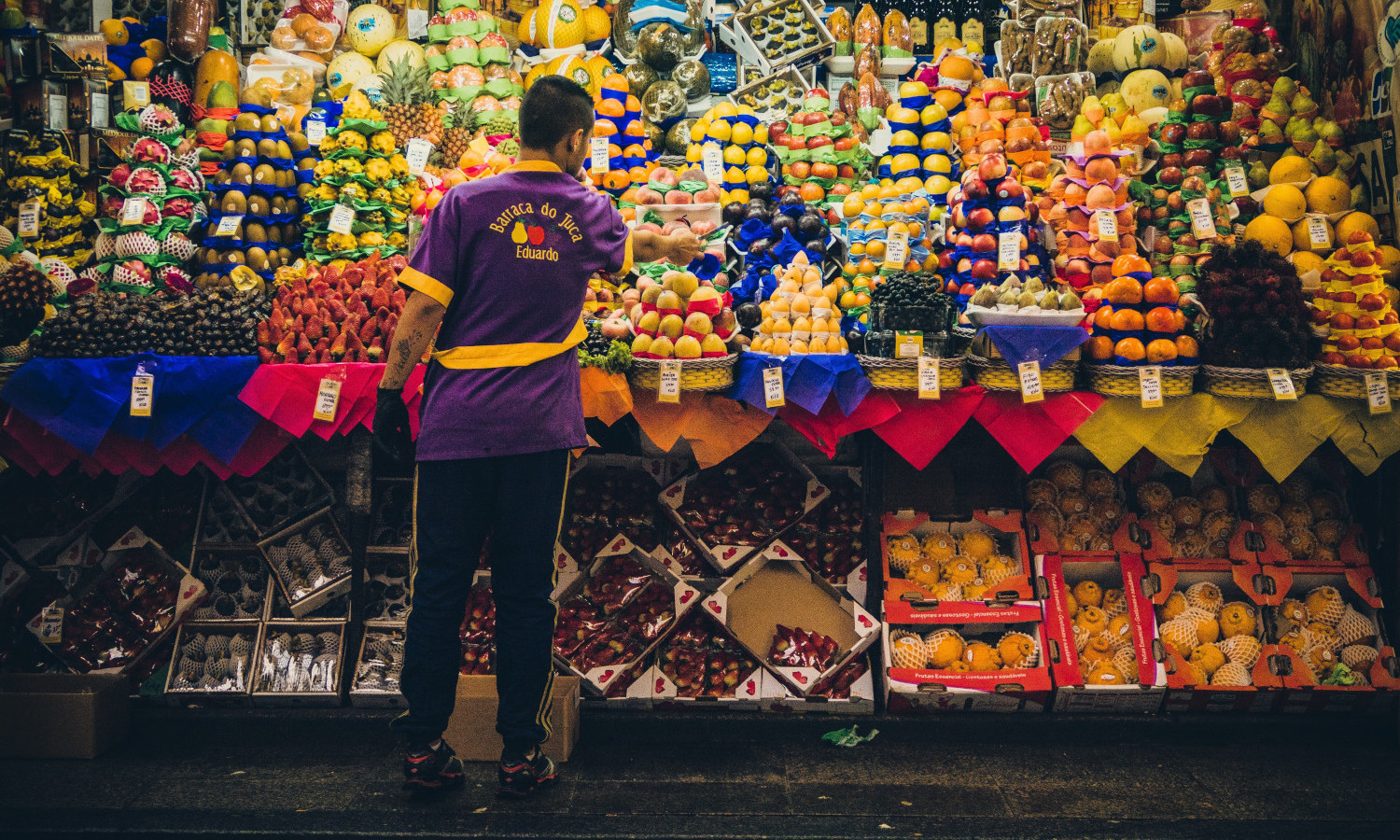Achieving a sustainable food future by 2050 is possible: humanity has 22 options to fix the global food system, a new World Resources Institute (WRI) report says. The Creating a Sustainable Food Future report aims to tackle the critical challenge of providing food security for 10 billion people by 2050 while helping reduce poverty, meet climate targets, and reducing negative environmental impacts.
The answer is a menu of the most promising current and future solutions that target slashing food demand, boosting production while capping agricultural expansion, protecting and restoring ecosystems, increasing fish supply, and cutting GHG emissions. It all boils down to using resources more efficiently, researchers say, by relying on a “produce, protect, and prosper” principle. But the world cannot pursue these goals separately, warns the report, as losing sight of the others “will most likely result in failure to achieve any of them.”
The researchers from WRI, Princeton University, and the French Agricultural Research Centre for International Development (CIRAD) framed these goals as gaps to fill by 2050―in food, agricultural land, and GHG emissions to mitigate in agriculture and land-use change―and used computer modeling to estimate how much each solution could help raise production, limit demand, and reduce emissions.
Minding the food gap
By 2050, world food production will need to provide an extra 7.4 trillion calories on top of its 2010 output to meet demand. Closing a 56 percent food gap requires cutting demand and boosting supply, the study shows. The idea that current food production is enough to feed 10 billion people is unrealistic, the authors say. “This assumes that people will eat animal feed and biofuel crops, that food loss and waste are completely eliminated, and that food is distributed perfectly equally,” explains Richard Waite, one of the report’s lead authors.
“Our demand-side menu items (reducing food loss and waste, shifting high-meat diets toward plants, avoiding competition with biofuel production, and achieving replacement-level fertility) collectively reduce the food production challenge from 56 percent more food by 2050 to 29 percent more food by 2050,” Waite continues. “The world will almost certainly need to produce more food in 2050 relative to 2010 in order to eliminate hunger. But it doesn’t need to be 56 percent more food produced if we can make progress on the demand-side menu items.”
Eating less meat may benefit the environment, but not reduce so much the food gap, researchers show. “The two easiest ways for a consumer in North America or Europe to reduce their diet’s environmental impact are to minimize the food they waste and eat a diet with more plants and less meat, especially beef,” says Waite. Just switching from beef to chicken and pork would provide “most of the climate and land-use benefits”, claims the report. “New products (e.g. plant-based meats), better marketing, increased availability of substitutes, and changes in social norms over time all can make such a shift easier,” Waite says. “But in places where meat consumption is very low today, as in much of Africa and Asia, the challenge is more to make sure people have access to more varied and nutritious diets, potentially with more meat and dairy in them than today.”
Eating up more land?
More land might need to be cleared to feed a growing population, deepening the biodiversity crisis and undermining efforts to keep carbon in the ground. The report’s target is capping agricultural land area to 2010 levels, so productivity will have to rise. “Increased efficiency of natural resource use is the single most important step toward meeting both food production and environmental goals,” highlights the study. For that, crop and pasture yields need to increase faster than they did between 1961–2010. Without any productivity gains, “agricultural land would expand by 3.3 billion hectares, virtually eliminating the world’s forests and savannahs.”
Solutions include improved breeding, better soil and water management such as agroforestry and water harvesting, more frequent cropping and increasing meat and milk yields.
Keeping it cool
But agricultural productivity also depends on the climate. The study’s scenarios assumed that without climate change adaptation, crop yields would drop by 15 percent globally in 2050, pushing 260 million hectares of forests into clearing for agriculture to keep up with production. “This shows a harmful feedback loop,” Waite says. “If climate change depresses yields, then more land must be brought under agriculture to maintain food production, and deforestation in turn exacerbates climate change. It shows why it’s essential to stabilize the climate while also advancing adaptation measures.”
And agriculture can have a major role in stabilizing the climate, the study shows. To keep global warming below 2 degrees Celsius, its GHG emissions should drop by nearly 75 percent of their 2050 projected level. Solutions range from reducing methane emissions from animals using new technologies and feed additives, to more efficient fertilizers, bigger shift to solar and wind energy and soil carbon sequestration.
What next?
The report proposes actions that “people could take starting today, but different items will be relevant to different stakeholders,” Waite explains. “Governments and companies can use the menu as a way to think through which items are most relevant to them, and what types of policies and practices they can put in place to advance these solutions and empower farmers and consumers to advance them as well. Not everything on the menu is for everyone, but there’s something for everyone.”













